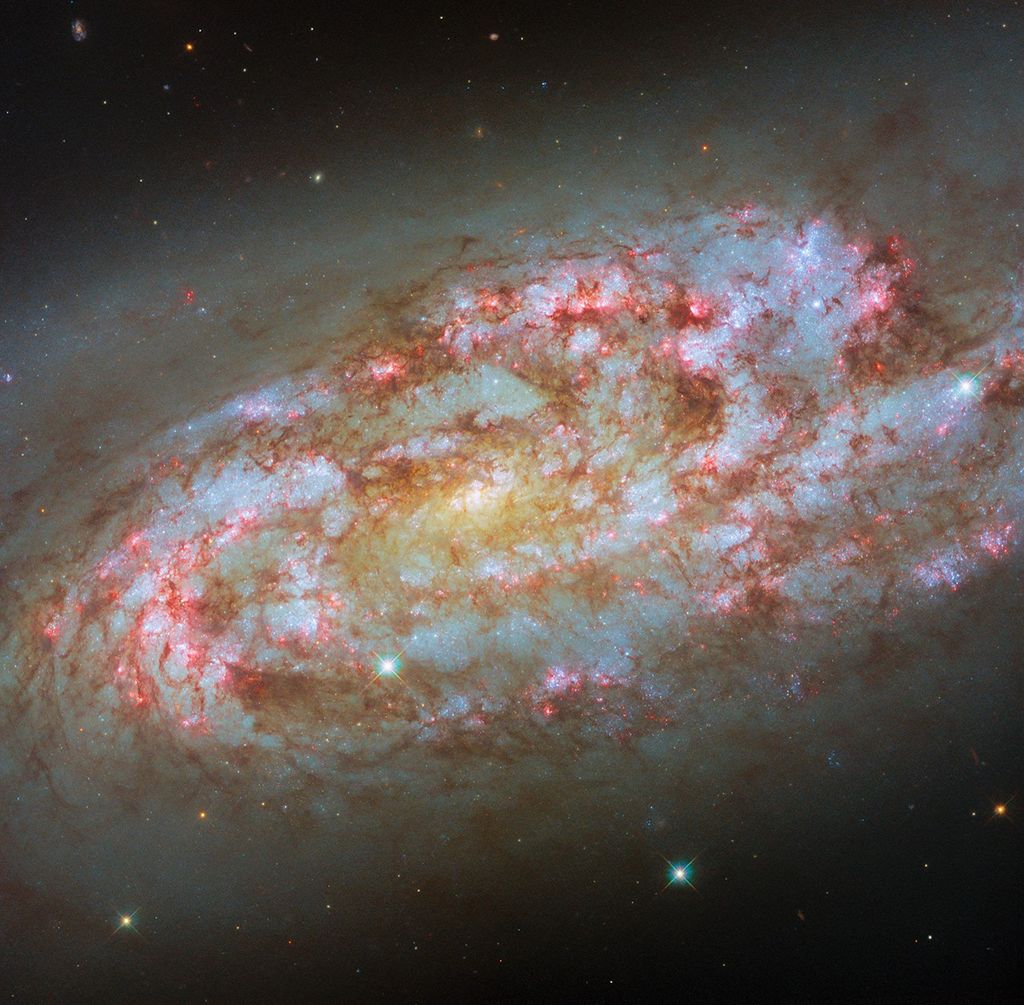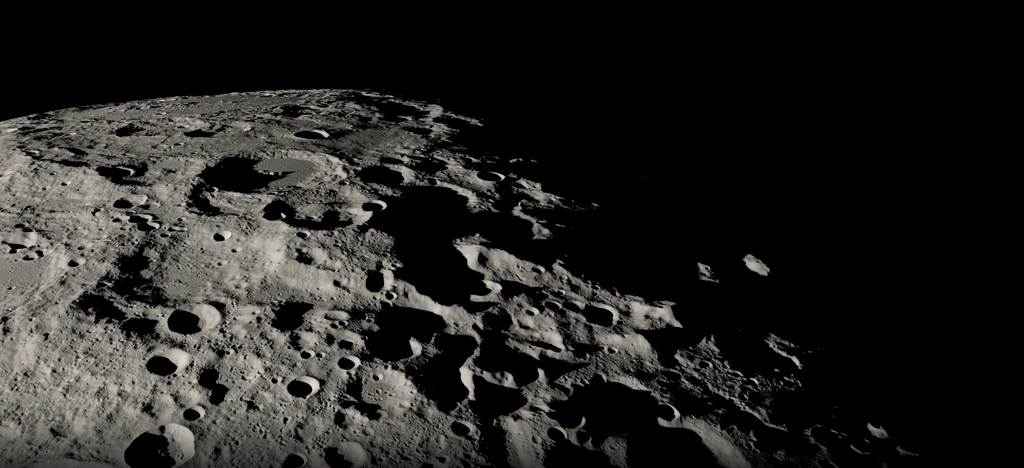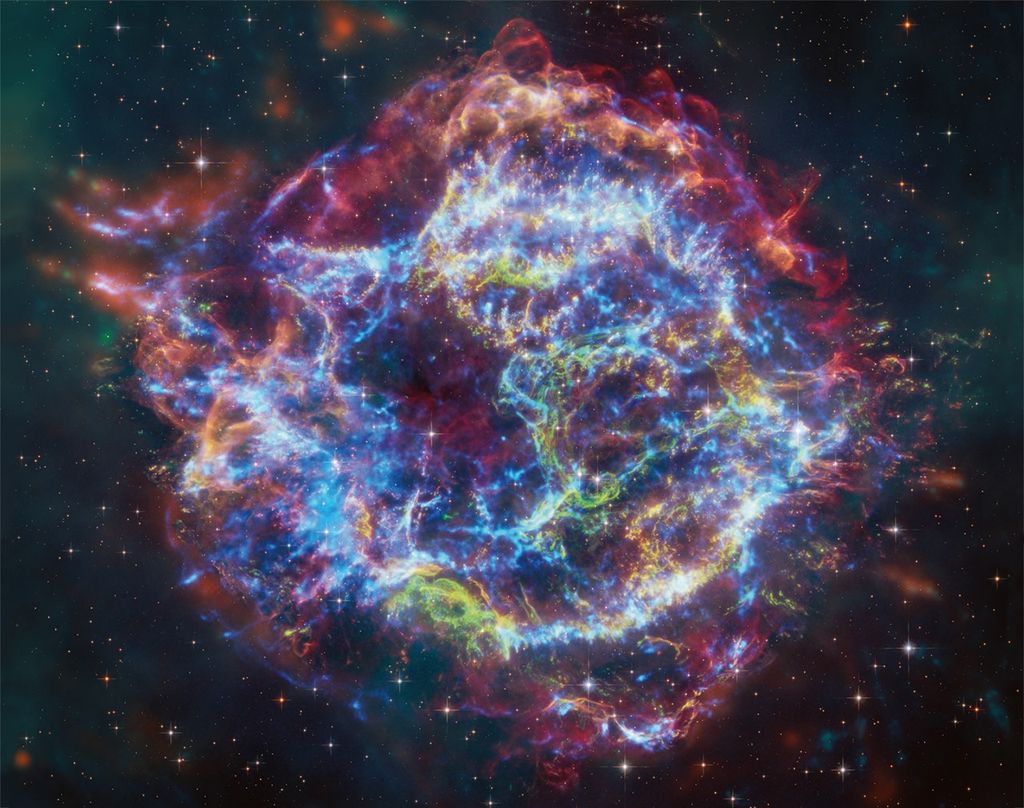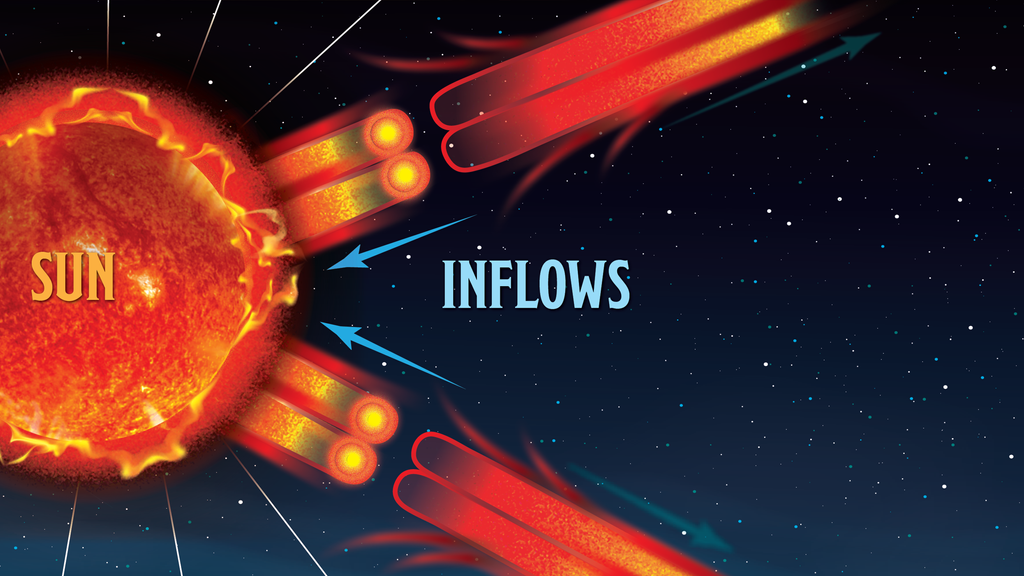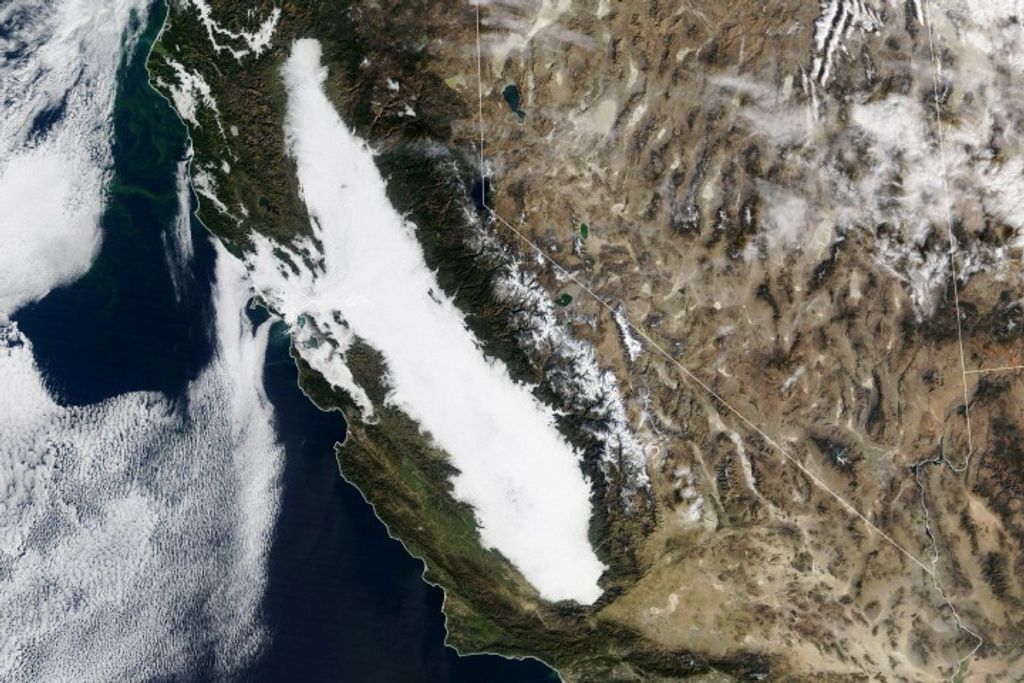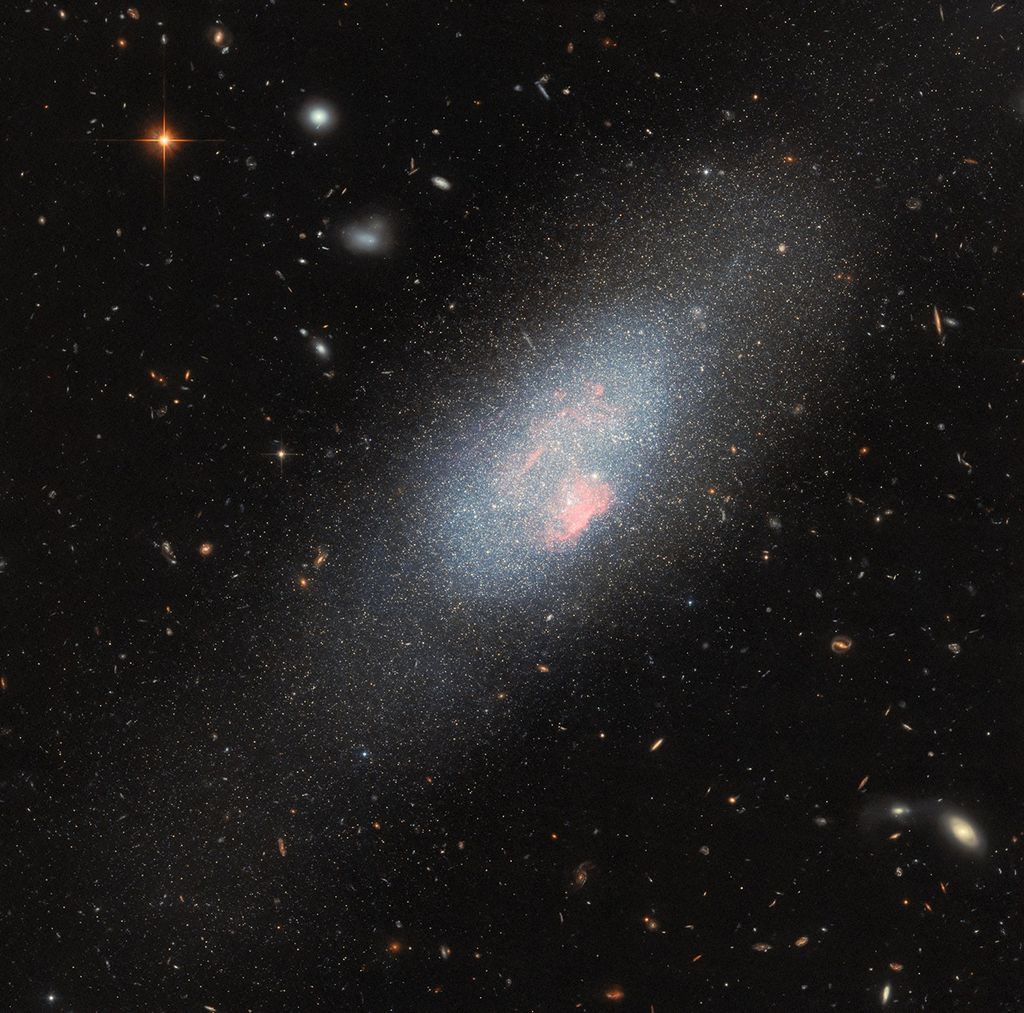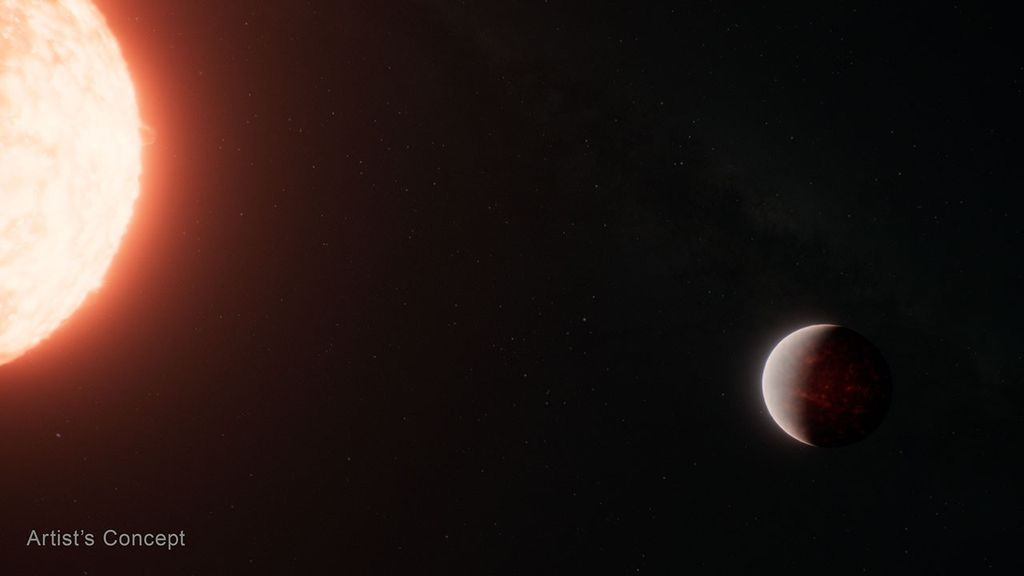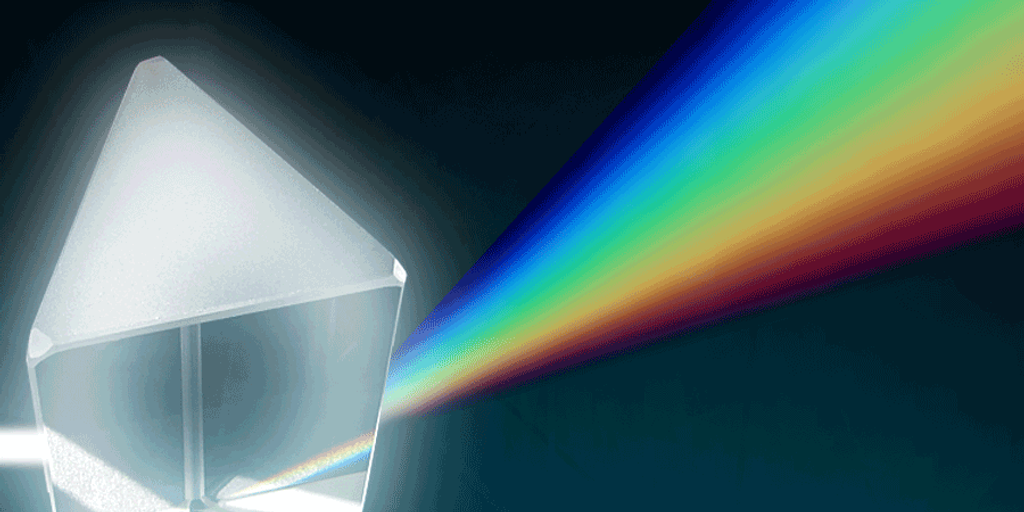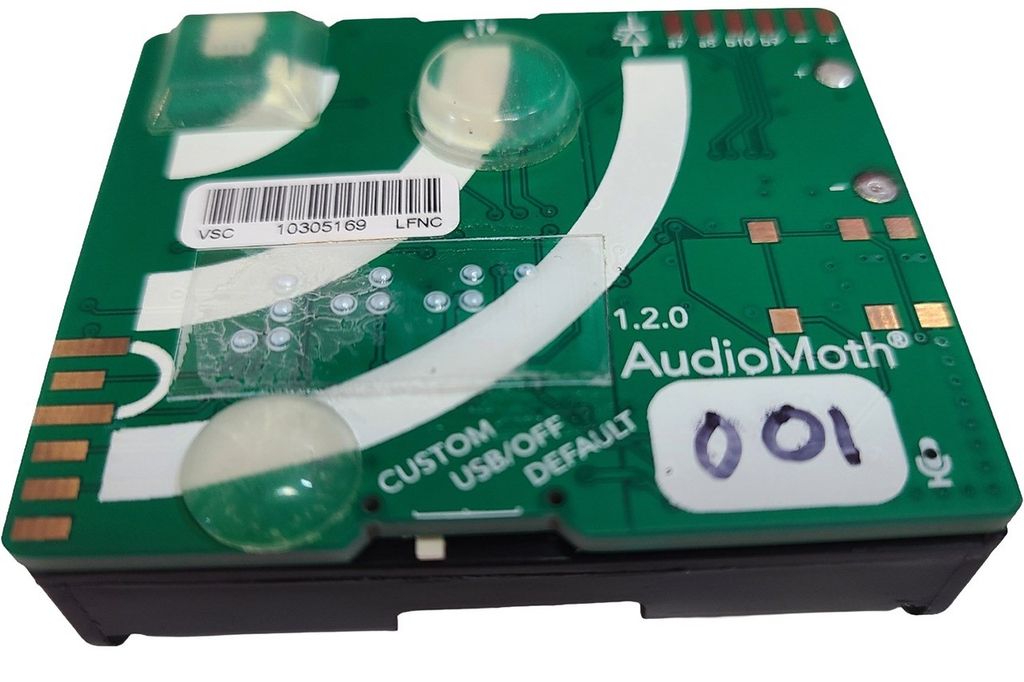


NASA Student Launch
It actually IS rocket science! Student Launch is a 9-month long challenge that tasks student teams from across the U.S. to design, build, test, and launch a high-powered rocket carrying a scientific or engineering payload. It is a hands-on, research-based, engineering activity and culminates each year with a final launch in Huntsville, Alabama, home of NASA’s Marshall Space Flight Center. The activity offers multiple challenges reaching a broad audience of colleges and universities as well as middle and high school aged students across the nation.
Culminating Event Dates
April 22 – 26, 2026
Culminating event location
Huntsville, AL
ELIGIBILITY
Open to U.S. Students
grade levels
Grades 6-12, College and University
About the Challenge
NASA Student Launch is a NASA-conducted engineering design challenge to provide resources and experiences for students and faculty. The activity is built around a NASA mission, not textbook knowledge. Research/investigation topics are conceived by the Space Launch System (SLS) and Artemis Program Offices in collaboration with SLS and Artemis industry partners. Students will have the opportunity to engage with NASA Subject Matter Experts and personnel from across the aerospace industry.
After a competitive proposal selection process, teams participate in a series of design reviews with a NASA review panel that mirror the NASA engineering design lifecycle, providing an experience that prepares students for the STEM workforce. Teams must complete a Preliminary Design Review, Critical Design Review, Flight Readiness Review, and Launch Readiness Review before final flight. Team must pass each design review milestone to move onto the next. Following their final launch, teams must analyze payload and flight data during a Post Launch Assessment Review.
Any U.S. College or University can submit a proposal to be considered for the Student Launch Challenge – University Student Launch Initiative (USLI). The USLI Division is a competitive division.
Qualifying Middle Schools, High Schools, and informal education institutions serving students in grades 6-12 can submit a proposal to be considered for the Student Launch Challenge – Student Launch Initiative Division (SLI). The SLI Division is a non-competitive, educational experience division.
NOTE: This archived content may contain outdated information or references that may not reflect current policy or programs.
Handbook and Timeline
The handbook includes rules and requirements, proposal guidelines, a detailed timeline and more.

Frequently Asked Questions
Find answers to common questions.

Eligibility and Proposals
Student Launch is open to all U.S. colleges and universities, and qualifying grades 6-12 teams.

Teams
Current and archived Student Launch teams

NASA High-Powered Rocketry Video Series

Media










Contact Us
Please direct questions and inquiries regarding registration, competition operations or logistics to the challenge organizers listed below.
John Eckhart
NASA Marshall Space Flight Center
Office of STEM Engagement
Mail Code CS60
Marshall Space Flight Center, AL 35812
Email: john.r.eckhart@nasa.gov
Members of the news media interested in attending the NASA Student Launch activities or interviewing participants before or during the event should contact Taylor Goodwin in the Marshall Center’s Public & Employee Communications Office.
Taylor Goodwin
NASA’s Marshall Space Flight Center
Public Affairs Office
Marshall Space Flight Center, AL 35812
Phone: 256-544-0034
Email: taylor.goodwin@nasa.gov
Join Artemis!
Authentic, hands-on learning experiences give students in middle school all the way through graduate school a chance to flex their design and engineering skills as they build and launch high-powered rockets, design robots capable of mining the Moon’s surface or traversing difficult lunar terrain, create human-powered rovers, and test technologies and tools to assist future astronauts working on the Moon.
Learn More about Join Artemis!




